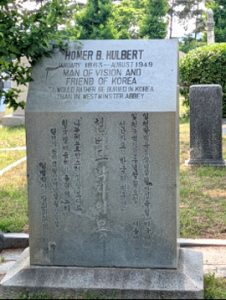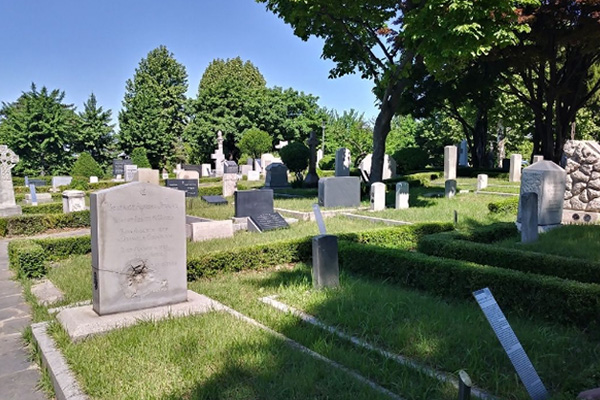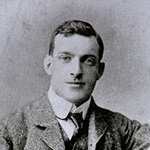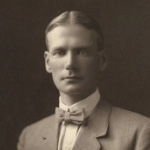
“I would rather be buried in Korea than
in Westminster Abbey”– Homer B. Hulbert –
A Danish proverb states that “Good men must die, but death cannot kill their names”. Throughout Korea’s history people have lived and died for Korea. This includes foreigners. Historically, Koreans buried their dead in individual mounds in the mountainside. However, as missionaries entered Korea, these foreigners had different funeral rites and were in need of their own place to bury their dead. Thus, the Yanghwajin Foreign Missionary Cemetery was created, a cemetery dedicated to the foreigners that fought for and modernized Korea.
History
The Yanghwajin Foreign Missionary Cemetery is an international cemetery that overlooks the Han River and is the final resting place of numerous international missionaries and other foreigners who contributed to Korea. Before Yanghwajin Foreign Missionary Cemetery was established, foreigners were buried in Jemulpo, which is about 15-18 miles (24-29 km) away from Yanghwajin. However, when the medical missionary Dr. John W. Heron passed away while treating a dysentery epidemic in 1890, the warm weather made transferring his body to Jemulpo nigh impossible, so land that had been granted to the American Dr. Horace Allen by Emperor Gojong was designated as a foreign missionary cemetery, called Yanghwajin Foreign Missionary Cemetery.
Yanghwajin Foreign Missionary Cemetery has withstood the tests of time and the instabilities faced by Koreans throughout Korean history. Many of the tombs are pockmarked with what appear to be bullet holes, which is suspected to have occurred during the Korean War. It’s even possible to visit Yanghwajin Foreign Missionary Cemetery to view the damaged graves as well as all the other graves of those who have worked towards a modern Korea.
Many foreigners who contributed to modern Korean history have been buried at Yanghwajin Foreign Missionary Cemetery.

Notable people
Yanghwajin Foreign Missionary Cemetery is home to many graves of foreign missionaries and their families, many of whom dedicated their lives to the Korean people during the Japanese Occupation of Korea. Among the estimated 376 people buried at Yanghwajin Foreign Missionary Cemetery, here are three notable people.
 Homer B. Hulbert: (호머 헐버트)
Homer B. Hulbert: (호머 헐버트)
Homer B. Hulbert first came to Korea in 1886 to serve as a professor. He later contributed to Korea with his publication of the first textbook written in Hangul, his transcription of the Korean folk song, Arirang, and his comprehensive textbook on Korean history. However, Hulbert’s most shining contribution to Korea was his unceasing fight for Korea’s independence following Japan’s illegal takeover of the country, to which he continued for most of his life.
 Ernest Thomas Bethell: (어니스트 베델)
Ernest Thomas Bethell: (어니스트 베델)
Ernest Bethell was a British journalist who founded (대한매일신보), a newspaper highly antagonist towards the Japanese treatment of Korea. Published in English, Korean, and mixed Korean, the paper was often used by people who opposed Japanese rule. Due to his antagonism towards Japan, Bethell was prosecuted for breach of peace and was sentenced to three weeks of imprisonment in Shanghai. After he was released, he returned to Korea and continued his work until he passed away in 1909.
 Albert Wilder Taylor (앨버트 테일러)
Albert Wilder Taylor (앨버트 테일러)
Albert Taylor made sure the world knew of the nationwide independence movement against the Japanese that started on March 1st, 1919. While originally a miner, he became the Korea correspondent for the American news agency, AP. He was brought into the agency to report on the funeral of Emperor Gojong, but ended up also reporting on the emerging independence movement. On March 1st, he went to visit his wife and newborn son in the hospital, and accidentally happened across the newly signed Korean Declaration of Independence that had been hidden in the room. He obtained a copy of the declaration and sent it to the news to allow the world to know about Korea’s fight for freedom. He continued his coverage of Korea until he was deported in 1942, and his widow brought his ashes to be interned at Yanghwajin Foreign Missionary Cemetery after he died before being able to return to Korea after its liberation.
Written by: Mackenzie Migdal
Originally from New Mexico in the United States. Current fifth-year undergraduate at the University of Hawaii at Mānoa as a B.A. Candidate for Korean for Professionals and a B.A. Candidate for Political Science. Exchange student at Korea University, Intern at VANK (Voluntary Agency Network of Korea)